2025 ACM Awards
We’re beyond thrilled to celebrate our incredible MAX artist partners who’ve secured nominations for the 2025 Academy of Country Music Awards—our...
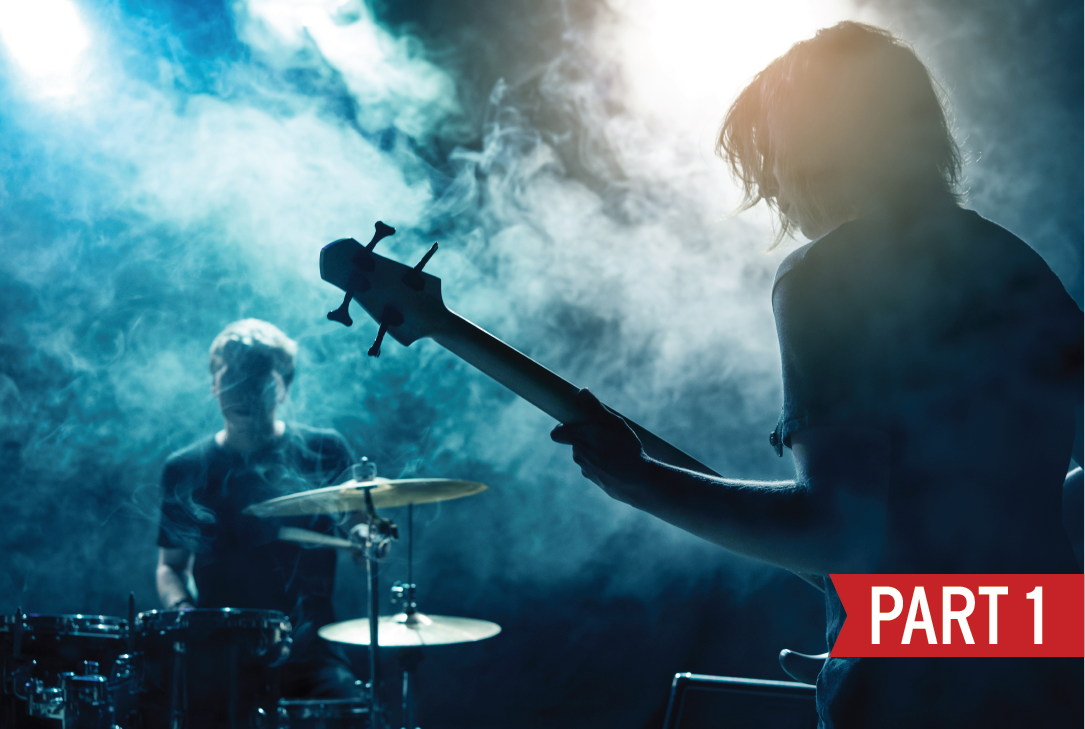
Over the past few weeks, we have explored the power that music has to connect people and how brands can harness this power to reach their target audiences. In our next series, we will take an in depth look at the artists themselves and discuss how utilizing an artist to deliver a brand’s message can help both the brand and the artist.
When considering musicians for brand collaboration, there are two main categories of artists: celebrity/mainstream artists and emerging/breakthrough artists. Celebrity artists already have a large following, have fairly universal recognition, and usually have a wide (mainstream) appeal. Pepsi has a long history of using celebrity musicians to endorse their brand, including Michael Jackson, Britney Spears, and Ray Charles. Breakthrough artists have smaller followings, are not always recognized by general audiences, and appeal to niche audiences. Coors Light’s “My Climb. My Music.” campaign features a diverse group of breakthrough artists, including “nerdcore” rapper Mega Ran, Latin tropical musician Freddy Kenton Jr., and house/dance-pop musician Big Z.
While the universal recognition and mainstream appeal of celebrity musicians may be tempting to brands, the benefits of collaborating with breakthrough artists make them a better alternative for most brands. Breakthrough artists are more influential, tend to be undervalued, and reach a more targeted audience than celebrity artists.
It may seem counterintuitive to say that breakthrough artists have more influence than celebrity artists, but we need to look beyond surface numbers to effectively evaluate influence. While a celebrity musician may have a much larger following than a breakthrough artist, the level of engagement for breakthrough artists is much higher. This engagement also leads to a higher level of conversion, and better return for brands. Breakthrough artists fall under the “micro-influencer” umbrella, and brands are learning that micro-influencers can provide big benefits while reducing the risks associated with collaborating with a celebrity influencer. In the next article in this series, we take a more detailed look into the quantifiable influence of breakthrough artists.
One of the reasons brands are inclined to use mainstream artists’ endorsements is because of the mass appeal and large following celebrities have. With millions of Twitter followers, mainstream artists have immediate access to a huge audience who have specifically chosen to follow them. While the sheer number of people reached may appeal to a brand, it is important to realize that a large audience does not necessarily mean a large number of potential customers. Using mainstream artists is not much different than mass, untargeted marketing, and conversion rates tend to be low for celebrity endorsements. Breakthrough artists, conversely, tend to have smaller, niche followings. Many breakthrough artists also have a better understanding of their audience; artists who have worked with MAX can provide rich demographic and psychographic data about their audiences, allowing brands to intentionally cultivate relationships with artists whose audiences match their brand objectives. Later in this series, we will look at how collaborating with breakthrough artists can help brands sculpt targeted marketing campaigns, and the real numbers we use to calculate the value of niche artists.
When discussing the value of artists as brand collaborators, it’s important to evaluate the cost of the partnership versus the value gained. Because celebrity artists have a larger, mass appeal, the cost to partner with them is exponentially higher than the cost to partner with breakthrough artists. But the broad appeal means a brand will pay a significantly higher premium to reach only a fraction of the fans that fall into their consumer profiles. Brands can target very specific audience segments by partnering with breakthrough artists, resulting in a greater dollar for dollar value to reach their intended audience. We will delve into how to evaluate the real value of breakthrough artists later in this series and discuss how collaborating with breakthrough artists can benefit both the brand and the artist.
Our next article in this series will focus on breakthrough artists and influence. As we drill down into the quantifiable aspects of influence, we will show you examples of brands and artists who have successfully leveraged influence into mutually beneficial partnerships.
Music Audience Exchange (MAX) was founded in 2014 with a mission to help champion incredible music and the artists who make it through strategic, data-driven partnerships with brands. MAX brings brands into the music promotional space in a way that puts engaging content into the world through a value-exchange model that drives the brand's objectives, and elevates breakthrough bands along the way.If you’d like to learn more about Music Audience Exchange and what a music promotion program would look like for your brand, send us a note.
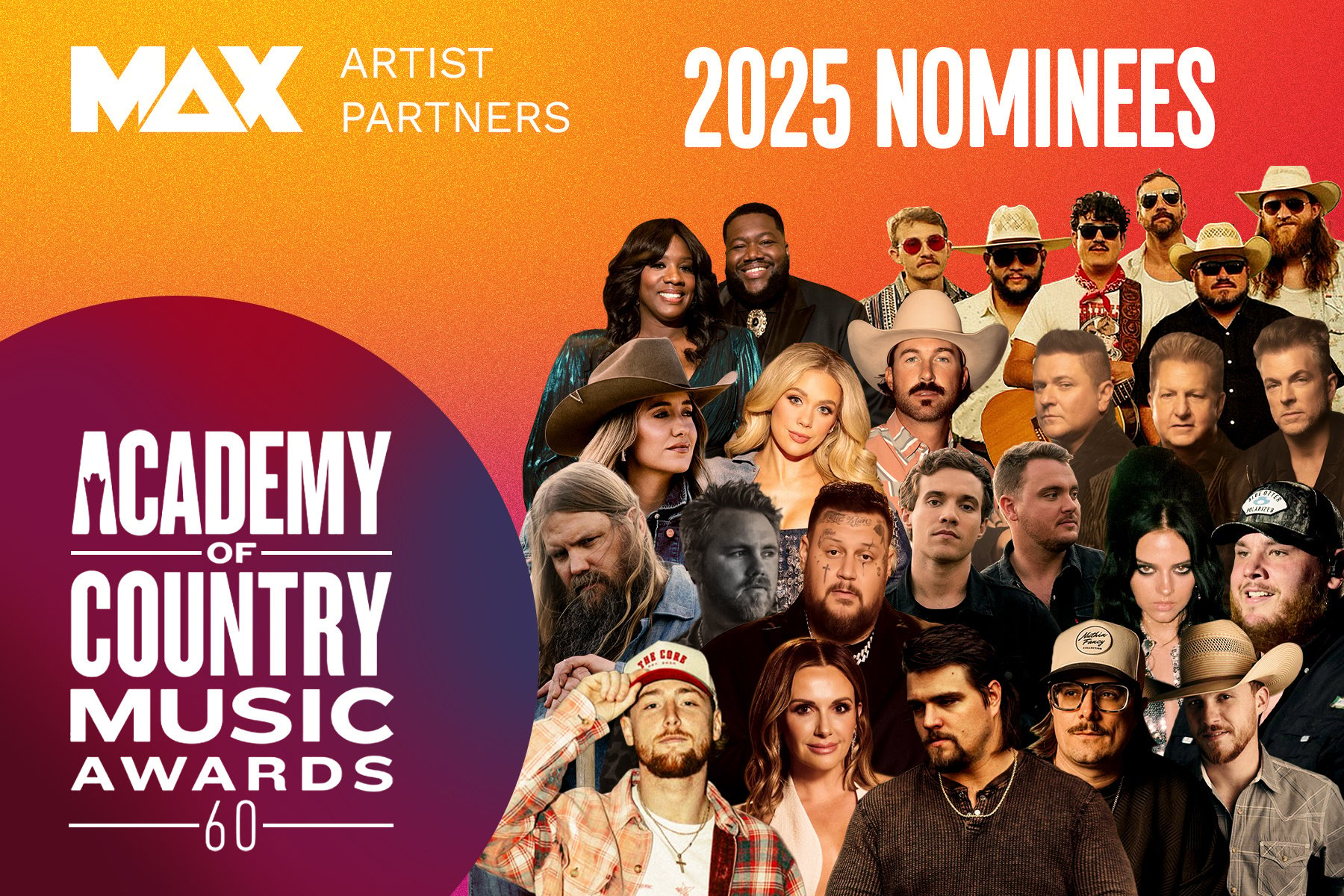
We’re beyond thrilled to celebrate our incredible MAX artist partners who’ve secured nominations for the 2025 Academy of Country Music Awards—our...
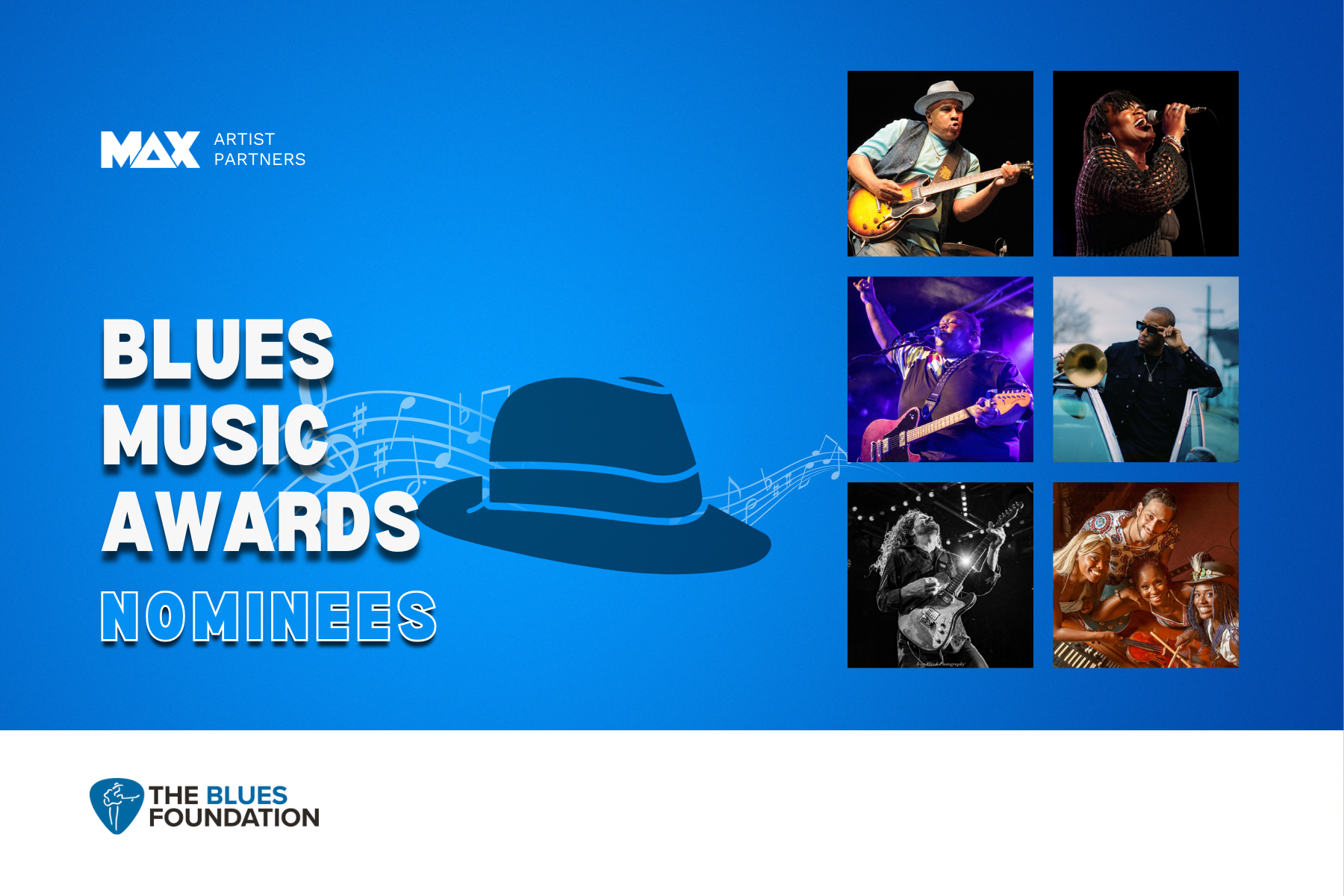
We’re fired up to celebrate our incredible artist partners who are nominated for the 2025 Blues Music Awards! 🎶🏆Blues music may be timeless, but...
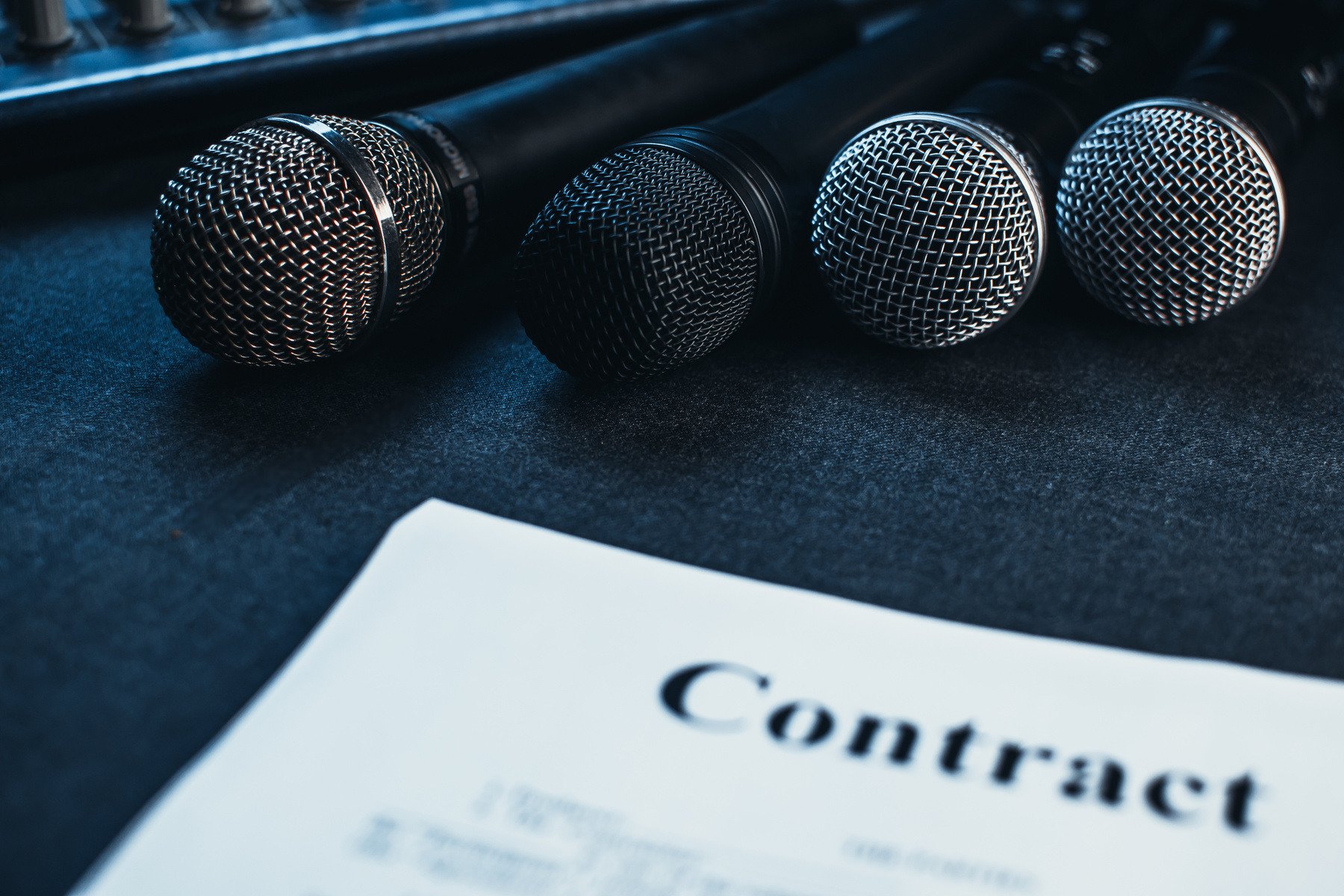
It’s a common question: what drives the cost of an artist partnership up (or down)? I mean, an artist’s fee can range from four to seven figures…and...
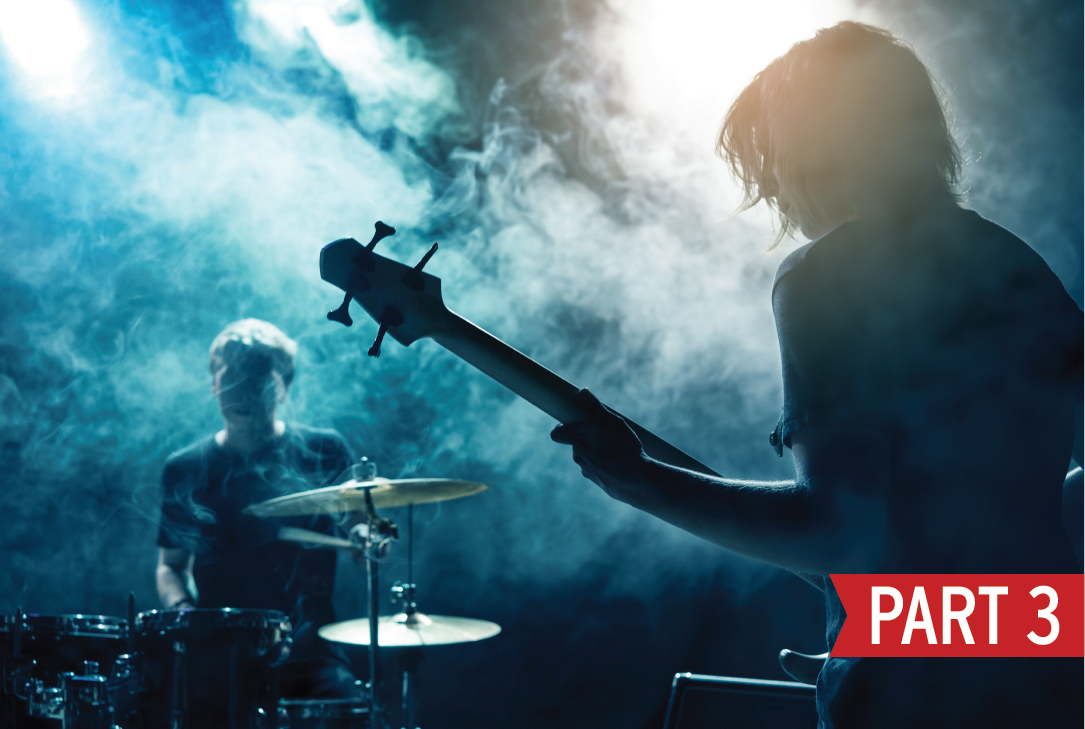
We continue our series on breakthrough artists by taking a look at audiences and discussing how, compared to celebrity artists, emerging/breakthrough...
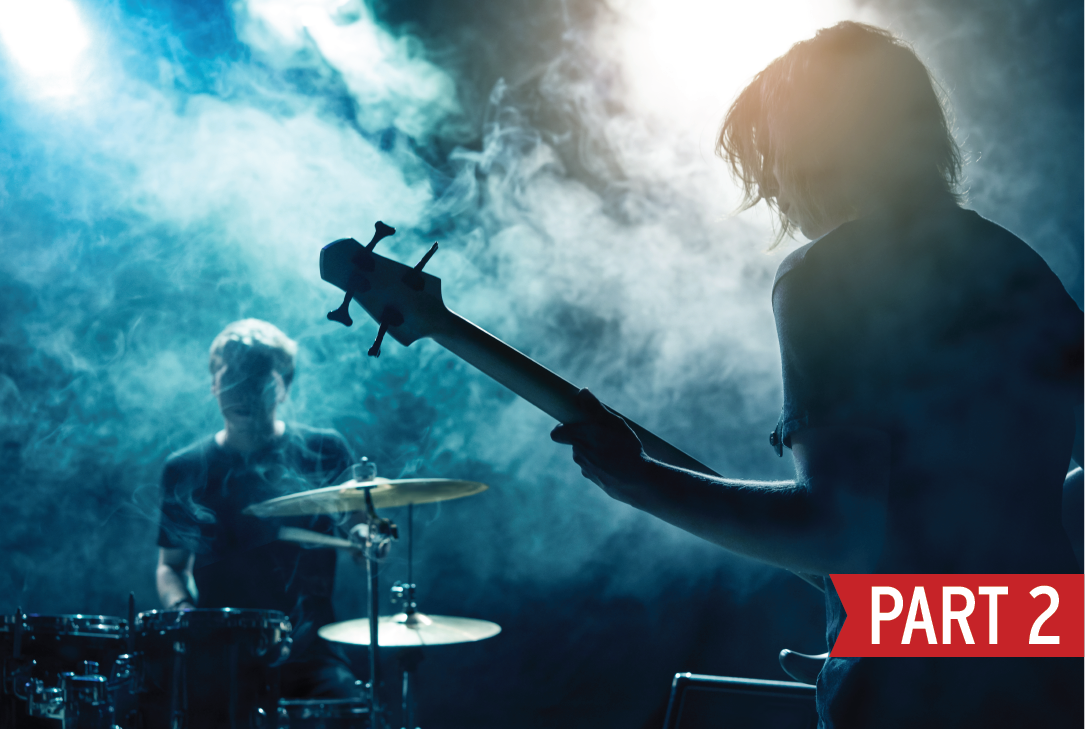
Last week we kicked off a new blog series comparing the benefits of collaborating with breakthrough/emerging artists compared to traditional...
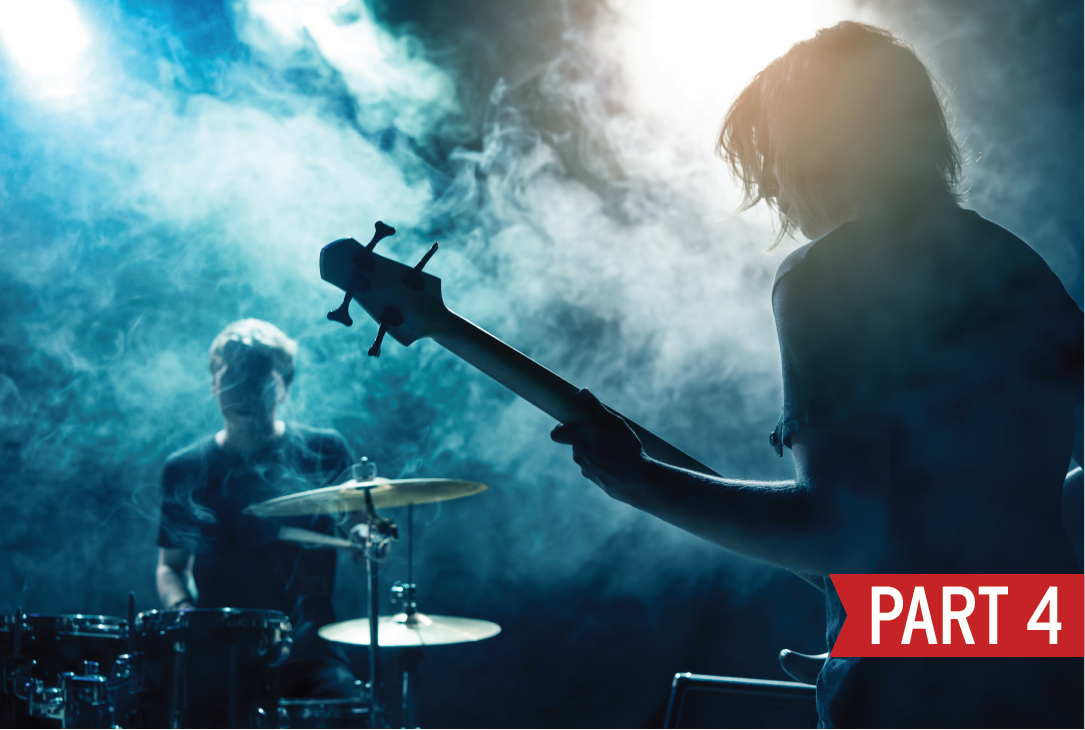
In this series, we’ve talked about breakthrough artists in terms of the benefits they bring to brands — breakthrough artists are more influential and